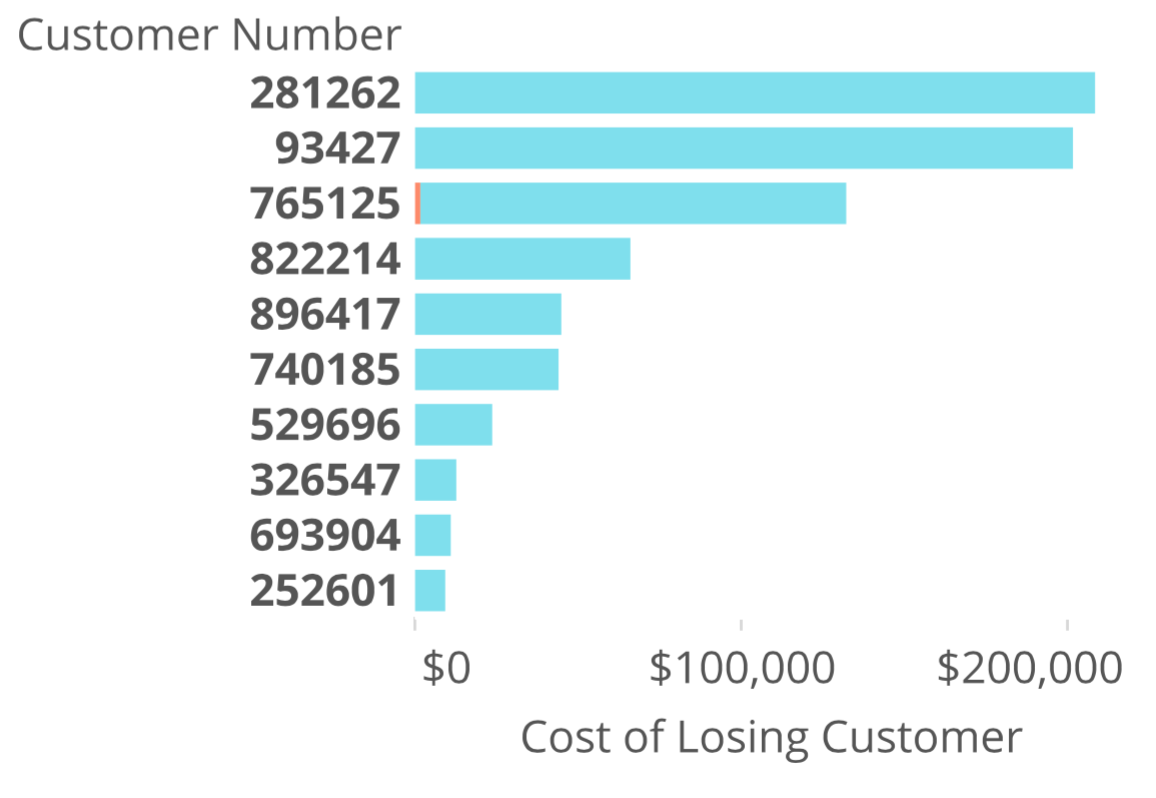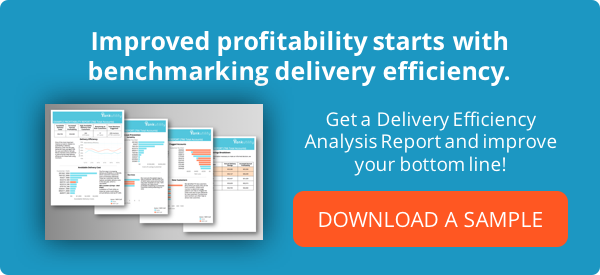This article is part of our series on fuel delivery efficiency. Tank Utility offers every customer our detailed Delivery Efficiency Analysis Report using their delivery history data. The report helps fuel suppliers to benchmark their performance and find ways to improve efficiency and reduce costs.
Fuel Delivery Efficiency Series:
- Fuel Delivery Efficiency Analysis Overview
- Average Drop Size – Actual vs. Ideal
- Avoidable Delivery Costs
- Accounts Where Heating Degree Days Don’t Work
- Run-Out Review
- Red-Flag Accounts
- New Customer Check-Up
Accounts Where Heating Degree Days Don’t Work
Automatic delivery or keep-full customers are ideal for many fuel suppliers from a logistics point of view because you have more control over individual delivery planning and scheduling. There are typically two ways to manage these deliveries for these types of customers, fixed-cycle or forecast. Fixed-cycle is delivering on an unchanging schedule, for example every 2 weeks or every 4 days. However, this approach often results in over-servicing these customers creating unnecessary delivery costs. The other option is to use forecasting to determine when to deliver but from some types of customers this may not work.
Forecasting systems rely on K-factors and heating degree days to calculate when to make deliveries. Errors in setting K-factors for a given customers or in usage types that do not tie closely to degree days make these calculations inaccurate. Consider the following types of customer accounts:
- Pool Heaters and Outdoor Living
- Greenhouses and Chicken Brooders
- Backup Generators
- Second Home Owners, Hunting Cabins, Vacation Rentals
- 20# Refill Stations, Hardware Stores
- Restaurants and Commercial Operations (Laundromats, etc.)
These are often large fuel users however their consumption isn’t dependent on weather which means degree days don’t work for forecasting.

The customers listed in the chart above all are examples of where degree day forecasting does not accurately predict their fuel consumption. Even without taking into account the particular type of customer, our analysis looks for high variability between heating degree days and usage history.
The chart ranks these customers based on their 5-year total spend. Because their usage is highly variable, the chance of run-out is high, and with a run-out, the chance of losing them is also high. Thus protecting these customers from run-outs should be a high priority.
In total, from this analysis example, there were 30 highly variable customers who collectively account for more than $750,000 of revenue over the next five years. These valuable, but impossible to forecast customers are ideal candidates for tank monitoring.
 Shop
Shop

3 thoughts on “Fuel Delivery Efficiency Analysis Series: Accounts Where Heating Degree Days Don’t Work”
Comments are closed.